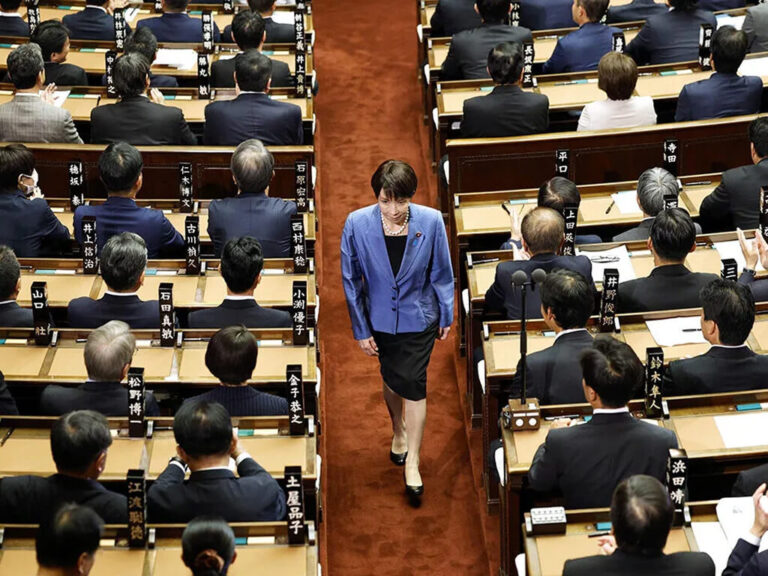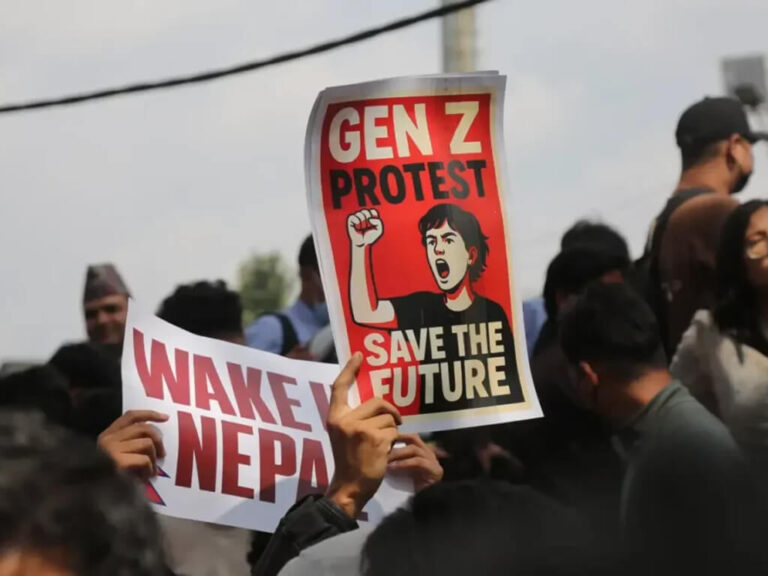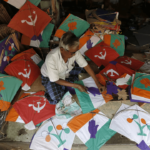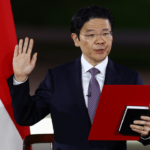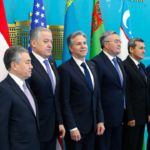The use of propaganda balloons has long been a source of tension between North Korea and South Korea, two nations locked in conflict since the 1950s. South Korea is an expert in this tactic, frequently sending propaganda-filled balloons to the North, which disturbed the communist government. They continued This practice until recently. However, South Korea ceased this action, While North Korea is reported to be sending balloons filled with human feces and rubbish.
This “new way” for the authoritarian communist country to humiliate South Korea has quickly become a trending topic in the political sphere. On Wednesday, the South Korean military released photographs depicting inflated balloons tethered to plastic bags. Other images appeared to show trash strewn around collapsed balloons, with the word “Excrement” written on a bag in one photograph. This method, sending rubbish and feces, noted since the Scythian period, is a classic and ancient way to humiliate enemies. Considering North Korea’s large missile collection, one might wonder why they resort to such tactics. Nevertheless, North Korea’s inhumane and vulgar actions have sparked fury in South Korea.
According to reports from South Korea’s Yonhap News Agency, citing military sources, more than 150 balloons had been detected. Some of the balloons landed on the ground, while others were still in the air. Some of the balloons had traveled long distances, reaching as far as the southeastern province of South Gyeongsang, a province close to Japan. The fallen balloons appeared to have been carrying various items of rubbish, including plastic bottles, batteries, shoe parts, and what is believed to be manure, an official of the Joint Chiefs of Staff (JCS) said. South Korea has issued a warning to residents living near the border with North Korea to remain vigilant. The South Korean military reported that unidentified objects believed to be from North Korea had been spotted near the Demilitarized Zone (DMZ), the heavily fortified border separating the two Koreas.
The balloons arrived after Kim Kang-il, a North Korean defense vice-minister, warned that the regime would retaliate in response to anti-North Korean leaflets flown across the border in the opposite direction. For years, South Korean activists and North Korean defectors have launched balloons to North Korea containing leaflets that critique the regime and encourage North Koreans to challenge the longstanding rule of the Kim dynasty in the name of Communism. Additionally, they have transported USB memory sticks containing K-pop music videos, prohibited in the North. The North Korean leader dismisses this material as rubbish.
Amid the Covid-19 pandemic, activists in the South released helium-filled balloons across the border. The balloons reportedly contained masks, over-the-counter painkillers, and vitamin C tablets, as well as booklets celebrating life in the wealthy, democratic South. The packages also included hundreds of USB sticks containing videos of US Congress members denouncing North Korea’s human rights record. Even though it may seem acceptable to the rest of the world, for North Korea, which claims not to have cases, it is considered humiliation. This is the same humiliation they are now inflicting on South Korea, sending a clear message that the material they send to the North is just rubbish, equivalent to feces, to them.
While balloons were mostly used by human rights activists and Korean unification supporters in South Korea, the South Korean government didn’t intervene much in this. However, in 2020, the South Korean government, led by the liberal president Moon Jae-in, drew an angry response from human rights activists after it took action against two defector organizations that routinely released propaganda balloons, accusing them of unnecessarily provoking the North and hampering efforts to improve cross-border ties. The government rescinded the permits of the groups when they consistently disregarded official requests to cease the flights..
For the regime in Pyongyang, the balloons represent a potential existential threat since they challenge the carefully crafted narrative surrounding the Kim dynasty and the people blocked from outside the world. The regime routinely describes their contents as “Dirty Waste” and claims that they were responsible for spreading the coronavirus through the balloon packages.
The cross-border balloon activity was reduced during Moon’s administration, which criminalized leafleting campaigns in a law introduced in early 2021, six months after Pyongyang expressed its anger over the leaflets by blowing up an inter-Korean liaison office in the North Korean border town of Kaesong. However, after two years, South Korea’s constitutional court nullified the contentious leafleting law, deeming it an undue restriction on free speech. With the court’s grant and North Korea’s move to send waste to South Korea through balloons, more balloon launches are expected to be prompted. The mutual humiliations are not expected to escalate to a military level.



